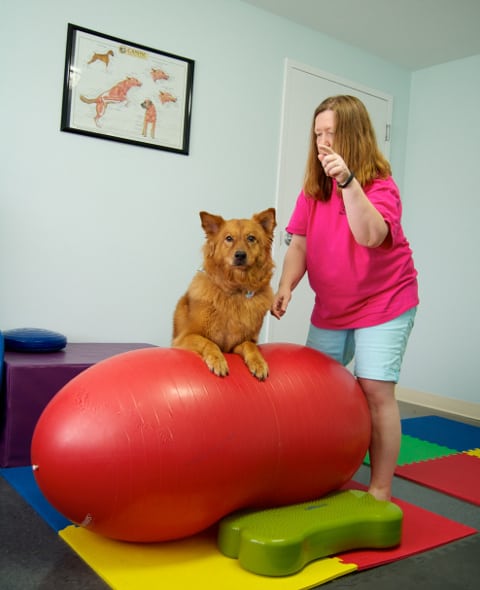
Thanks to Tripawds members Domino and Cassie, we were introduced to Dr. Kennedy, who also happens to have a Tripawd kitty! Dr. Kennedy spent time with this dynamic duo to share her best physical conditioning tips for three-legged dogs and cats.
In the next couple of months we’ll share her fun rehab session with Domino, but for now, get to know Dr. Kennedy, who has written this informative blog post featuring tips and tricks for nutrition, gear and living life on three legs:
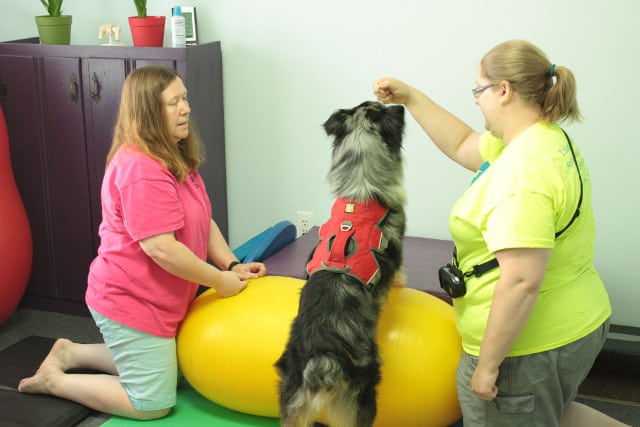
“Hello – I am Dr. Dicki Kennedy and I am a rehabilitation veterinarian. I was in general practice when I found that I was not satisfied with the quality of pain management that we were doing as a profession, so I began this long journey of finding different methods to help manage pain in our pets.
I became certified in canine rehabilitation, canine acupuncture, veterinary pain management, canine massage and finally animal chiropractic – one thing led to another and they are all great tools for helping to manage our pet’s pain.
I opened ARCC — Animal Rehab and Conditioning Center last year as part of a dream to help pets live longer, healthier and better lives. At ARCC I have the privilege of helping canine athletes improve their performance, helping aging pets to live a more comfortable and productive life, and to help pets with injuries learn to reuse their body in the way it was meant.
Lifestyle Tips for Tripawd Dogs and Cats
I have some tips for Tripawds:
If your pet is about to receive an amputation, speak to your veterinarian about possible prosthetics after the surgery.
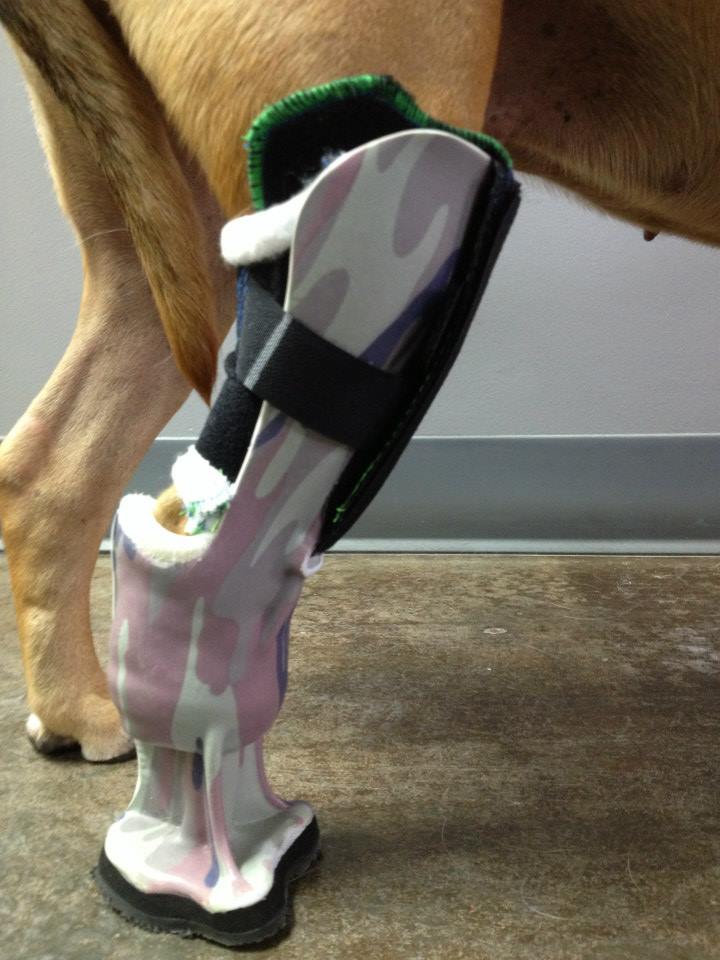
Keep your pet lean.
Make your pet as strong as possible on their remaining limbs and don’t forget their core which includes the abdominal and back muscles.
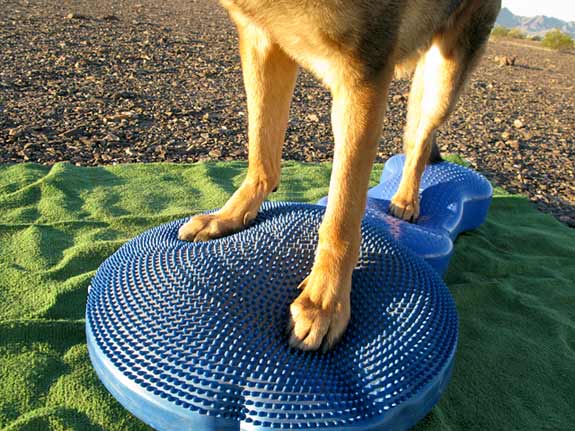
I recommend glucosamines for everyone no matter how many limbs they are using.
Comfortable bedding – orthopedic bedding is recommended for everyone.
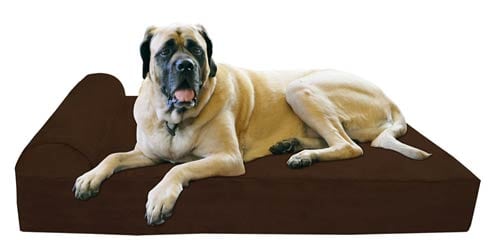
Ramps are a great addition to most homes – too many pets are jumping out of high SUVS and placing a tremendous amount of weight on their forelimbs let alone the exertion on the rear limbs to jump up into the car.

Elevated food and water bowls are recommended to keep your pet from placing too much weight on their front legs.
I love flexion and extension exercises followed by massage.
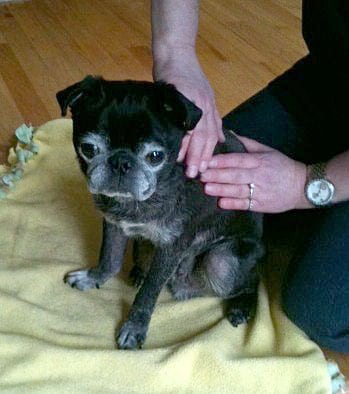
Lots of love, attention and stimulation.
I was told to keep this at about 300 words and we are way over – I still have a lot to say so maybe I will get to post another blog soon.”
Stay tuned for lots more informative tips from Dr. Kennedy about living healthy and strong on three legs!
Until then, check out her blog and download her free e-book, “What Do I Do Now, Doc?”